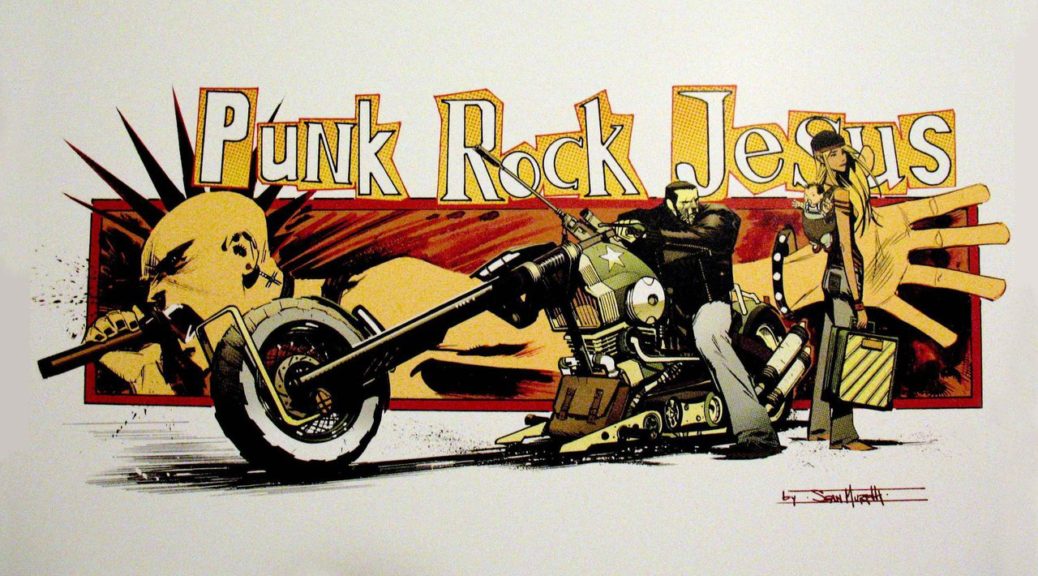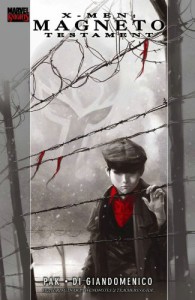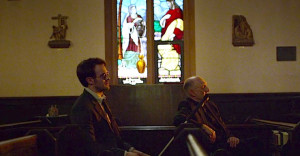[This article first appeared in the Catholic University of America’s “Archivist’s Nook” by William J. Shepherd. It is reproduced here with permission.]

Readers of The Archivist’s Nook blog well know the popularity of the Catholic comic book, the Treasure Chest of Fun and Fact, published for most of its history, 1946-1972, by George Pflaum of Dayton, Ohio. The digital version of the collection is especially popular and has been highlighted in three previous blog posts, the first reviewing the origin of Catholic University’s digital collections, ‘Hark! The Digital Angel Comes!’; the second examining issue covers featuring Jesus Christ,‘Treasure Chest – Your Own Virtual Jesus’; and the third an exposition of covers related to the celebration of Christmas, ‘A Merry Treasure Chest Christmas to All!’.

It will therefore be no surprise The Archivist’s Nook returns to the Treasure Chest’s remarkable treasure trove to commemorate Easter, past, present, and future. From the first volume of the Treasure Chest in 1946, through the next twenty years, there was usually an annual issue with a cover marking an Easter related event. Occasionally, the Treasure Chest skipped a year, while other years had two Easter related covers. Overall, the most popular were scenes of the empty tomb with the resurrected Jesus Christ announcing his presence (6 occasions) or an angel or angels (3 times) proclaiming the good news to Christ’s followers. Also, there were usually no Easter related stories therein to march the covers, though there were sometimes short features such as ‘Easter Eggs You Can Make’ (April 1, 1947) and ‘Our Lady of Sorrows’ (April 8, 1954).

Other covers depict the removal of Christ’s body from the Cross by family and friends (3 issues), including one of Michelangelo’s celebrated Pieta; Stations of the Cross (twice); and certain more singular events, including the triumphal Palm Sunday entrance of Jesus into Jerusalem, the inspirational and iconic Last Supper, the stunning betrayal of Christ by disciple Judas Iscariot in the Garden of Gethsemane, and the heart wrenching scene of Christ’s brutal execution by the Romans via the process of Crucifixion.
The Treasure Chest of the post Second Vatican Council era became more secular in outlook and appearance so that few religious scenes, including any depicting Easter related events, appeared in its last five years, 1967-1972. Sadly, this change of direction was perhaps a harbinger of the Treasure Chest’s ending. Gone, but most certainly not forgotten!






